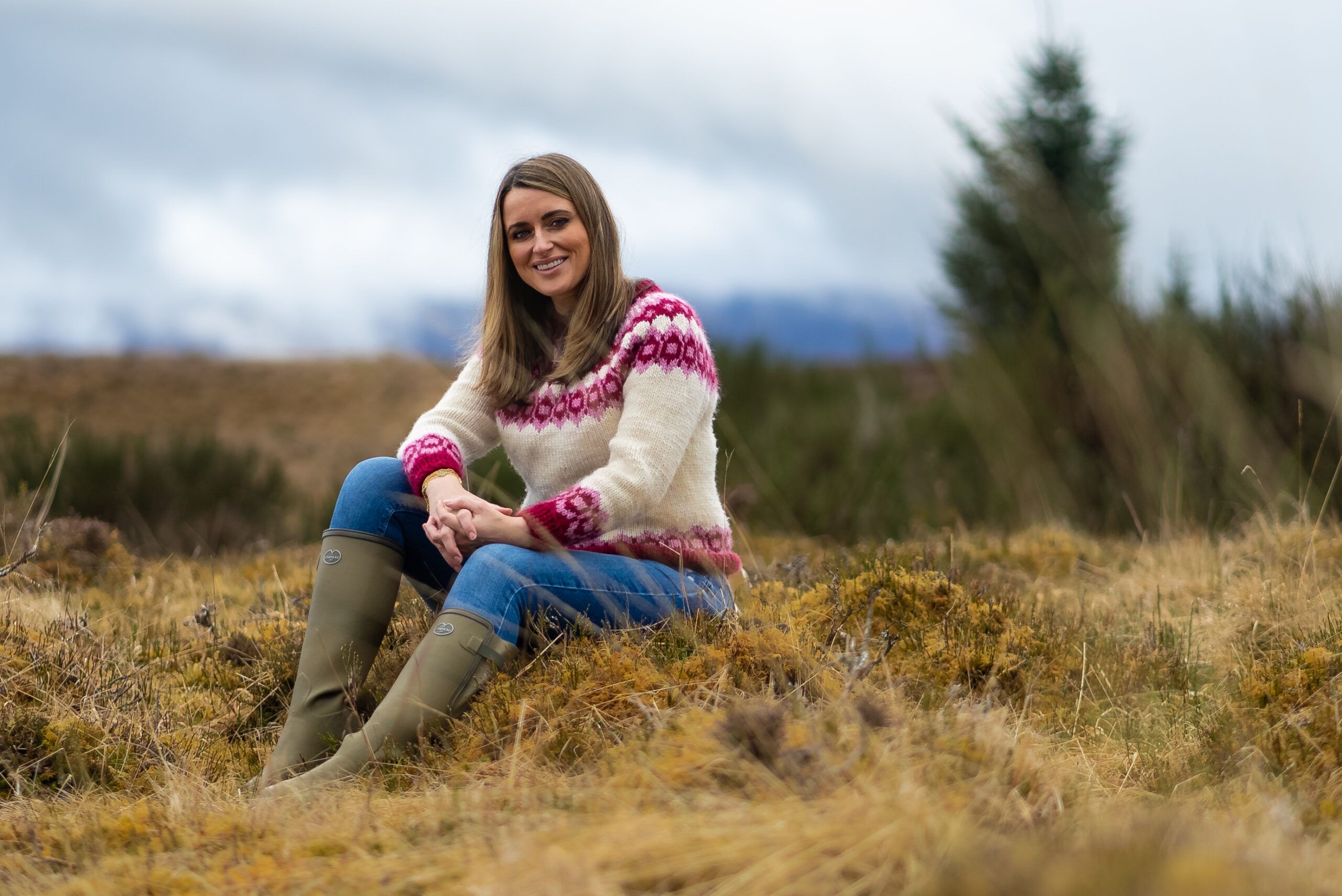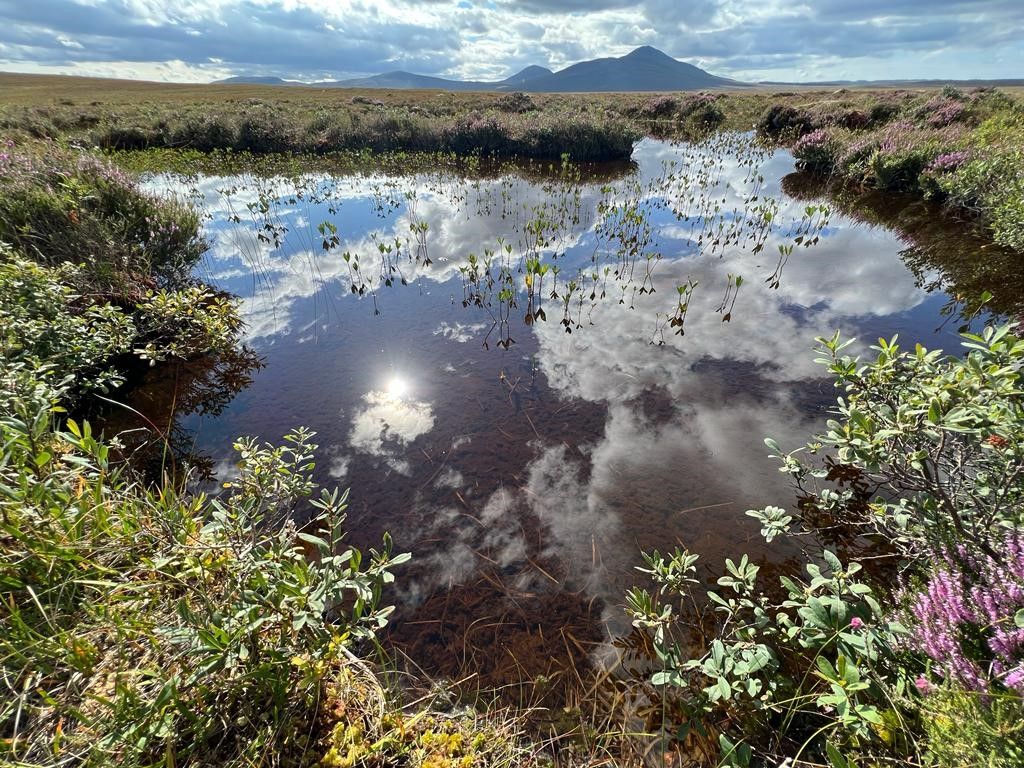From the boreal peatlands of Canada, to the expansive peat plains of Finland and the
beautiful blanket bogs of home – Anne McAlpine takes us on a journey exploring
spectacular peatlands around the world.

This stunning documentary series takes us to Iron Age bog bodies, remarkable pool
systems, shielings which built communities on the moor, and bogs which cover stone
walls older than the Pyramids.
Anne also discovers how peatlands, which cover just 3% of the planet yet hold more
carbon than all the forests combined, are an important ally in the fight against climate
change. But to keep our peatlands from leaking out all the carbon they hold, we need to
look after them.
In episode one, Life on the Bog, Anne discovers what exists on the peat: from rutting stags
that roam the peatlands in Harris, to salamander-eating pitcher plants in Canada and the
watery legacy of peat extraction in the Netherlands.
In her home island of Lewis, Anne joins local Danny Mackay as he makes the finishing
touches to a peat stack to learn about how small-scale use of peat has long heated homes
in the Highlands and beyond.
We also hear from a peat producer in Finland, where times are changing amidst
environmental concerns, to learn about the use of peat on a commercial-scale.
Our Peaty Past, episode two, focuses on times when peat has come to the fore.
Remarkable stories include the use of bog moss for field dressings in the First World War
thanks to a widespread civilian volunteer effort, with origins at the Royal Botanic Garden
Edinburgh.
Anne meets Professor of Conflict History and Archaeology, Tony Pollard, of the University
of Glasgow, who has been exploring Scotland’s many battles. He relays how Robert the
Bruce’s boggy battle tactics proved decisive.

Bog pools in the Flow Country, northern Scotland, where scientists are monitoring the
health of Europe’s biggest blanket bog.
When speaking about the battle of Loudoun Hill, he said: “What Robert the Bruce cleverly
does, is he would come to the battlefield early, and work out how he could turn the terrain to
his advantage.
“Horses are not going to be able to operate over those bogs. To limit the space even more,
Robert the Bruce and his men dug three ditches, creating choke points and bottlenecks.
“The English cavalry could only pass through 500 at a time. At that point, Robert the Bruce’s
Scottish army, with their spears, come in and basically cut them to pieces.”
Anne also visits Roman Vindolanda Fort and Museum, where treasures include the only
surviving boxing gloves from the entire Roman Empire, preserved in the peaty landscape.
The final episode of the three-part series, The Power of Peat, looks at the dramatic
outcomes when peat is disturbed, and Anne continues her trip through the Netherlands,
visiting a city built on soft peaty soils that are slowly sinking.
Back on home turf in the Outer Hebrides, Anne finds out how the peat moors inspire artist
Màiri Gillies and popular local band Peat & Diesel.
Throughout the series, Anne makes many extraordinary findings:
“In Scotland, peat is behind some of our most iconic scents, tastes and sights” she said.
“Growing up in the Western Isles, peat played a central role in community life. Many
islanders will have memories of summers spent cutting peat with family, friends and
neighbours and will recognise the inviting smell of a peat fire keeping houses warm through
the winter.
This series really opened my eyes to the importance of keeping our peatlands healthy. From
preserving Roman artefacts to having a pivotal role in storing carbon, it’s been fascinating
to learn about the power of the humble peat in combating climate change.”
The Secrets in the Peat series begins on BBC ALBA on Wednesday 20 September at 9pm.
All three episodes will be available to stream on BBC iPlayer for 30 days from 20
September.





